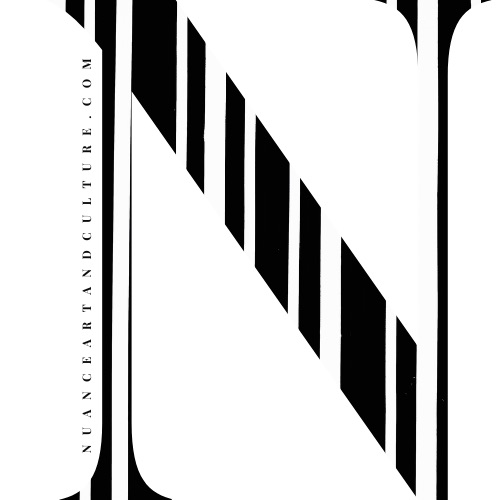The support and attention given to this year’s Chengdu Biennale signal China’s intention to develop further westward through its Belt and Road Initiative (BRI), which aims to build a series of infrastructure projects from Asia to Europe, and Latin America to Africa. Located in the southwest of China and at the intersection of the Silk Road Economic Belt and the Maritime Silk Road, Chengdu occupies an important position in China’s general development strategy. The state-funded Chengdu Biennale thus indicates a growing interest on the part of the government to develop Chengdu coupled with Chongqing in the “Twin City Economic Circle” into an important economic and political anchor in the southwestern region of China.
Soft-opened on Nov 6th, 2021, scheduled to run through Apr 6th, 2022, the Chengdu Biennale is held at Chengdu Tianfu Art Park, consisting of two newly-established museums, each iconic as urban architecture. Chengdu Tianfu Art Museum and Chengdu Museum of Contemporary Art. As a large-scale art exhibition, the Chengdu Biennale consists of 8 sectional exhibitions with different themes of the exhibition, one international museum director conference, and more than ten parallel exhibitions.
The 8 exhibitions are named as follows, along with each of their highlights:
Polymorphic Co-Existence (Keywords and themes: philosophy, society, life, media, information, space and time)
Homeland Co-Habitation (Keywords and themes: architecture, urban planning, human-centered design)
Technological Correspondence (Keywords and themes: body, ecology, signs, cosmos, the ways in which people, cities, geographies, and digital information systems interact and exchange information with each other.)
Zeitgeist Co-evolution (Keywords and themes: conceptual photography, illustration, conceptual design, installation and sculpture that illustrate the interconnected and symbiotic nature of contemporary art, fashion, and design)
Ecological Co-Development (Keywords and themes: the relationship between humanity and nature as mediated through contemporary art forms, with a focus on international discussions interact with more locally inflected work by Chengdu artists.)
Craft Co-operation (Keywords and themes: artists from outside and within China focus in their artworks upon ways in which old cultures are activated as local traditions interact with global trends in contemporary art, with a focus on how craft and fine art interact as fields of creative praxis.)
Ethnic Co-creation (Keywords and themes: diversity of and interface between ethnic cultures within China, interaction of Sichuan region with other regions of China)
Artistic Co-Inspiration (Keywords and themes: 57 artist-teachers from the higher art academies of China, Britain, France, Italy, Russia, Japan, and other countries reflect the zeitgeist, diversity, and pedagogical trends out of which artworks arose)
This year’s Chengdu Biennale also indicates China’s shift of focus on ecological policy. As the 8 sectionals suggest, this year’s Biennale has placed a large emphasis on ecological discussion, technological improvement, and co-existence between urban and natural environments. According to the curator Fan Di’an, such themes are explored as Chengdu is “the site of a new development project based on the concept of the ‘Garden City’”. This is an attempt to explore sustainable urban environments in the contemporary context. As Green energy becomes the new focus of China’s Belt and Road Initiative, China has been giving increasing policy priority towards renewable energy and sustainable development policies in most of China’s BRI partner countries. The exhibition’s emphasis on green development thus also reflects the government’s efforts to implement a green transition within China’s domestic economy. As Fan Di’an suggests, the aim of ”Super Fusion 2021”, thus is to bring “the urban, the human, and the natural into harmony with one another, establishing an urban environment that allows diverse cultures to co-exist.”

Recent Comments